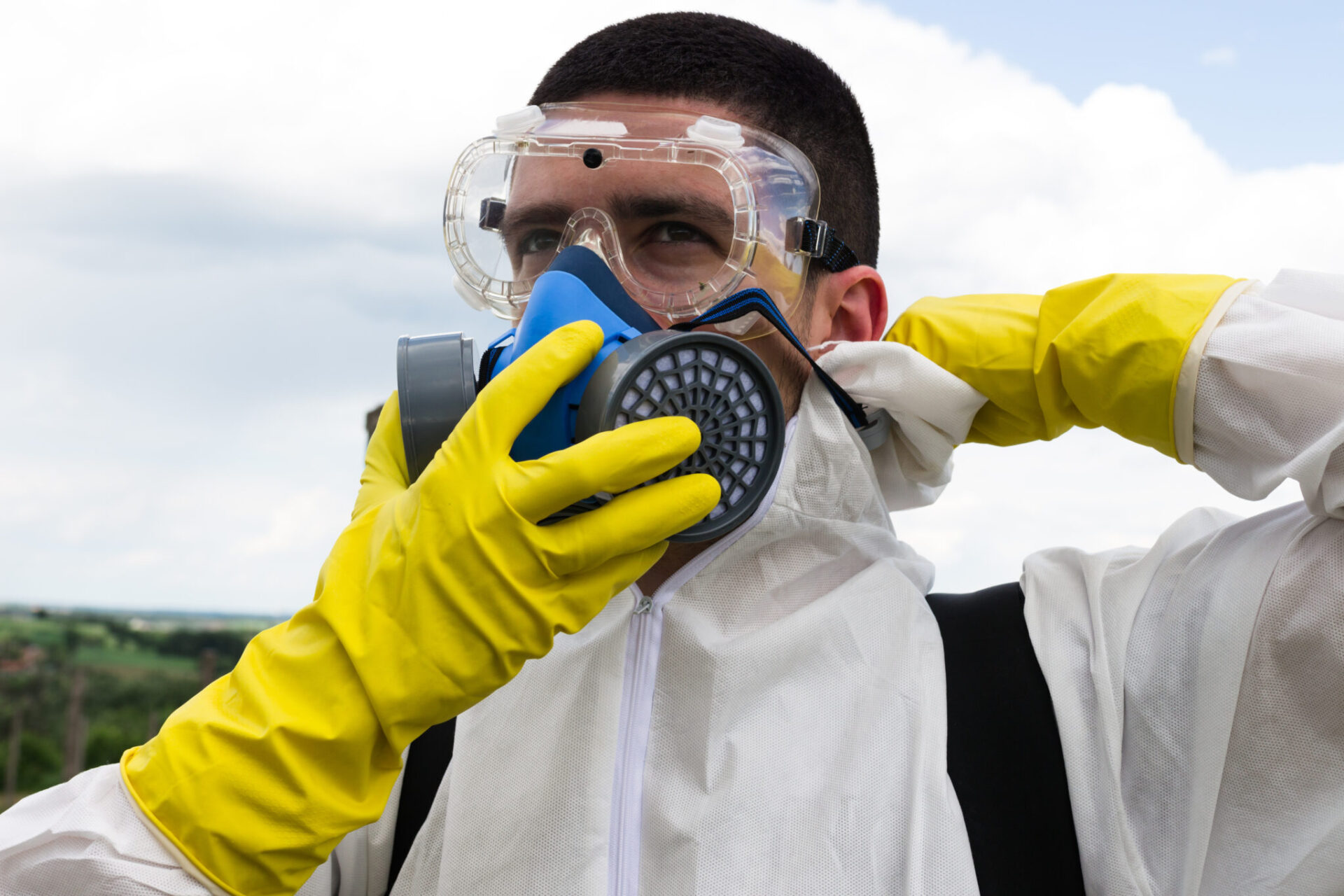
On an annual basis, the California Department of Pesticide Regulation (CDPR) releases their top 10 pesticide violations of 2020. This information is incredibly valuable in determining the agency’s priorities and where agricultural operations should direct their efforts. It is no surprise that the top 10 list over the years has not fluctuated by much as the industry continues to struggle with the pain points. With that being said, this is an excellent opportunity to assess if your business is meeting regulatory standards, and if not, take the time to fix the issues before CDPR comes knocking at your door.
FAC §12973 | Labeling and Permit Conditions
Common violations under FAC §12973 include:
- Not following the application requirements listed on the pesticide product label.
- Applying a pesticide to a site or crop not listed on the pesticide product label.
The use of a pesticide shall not conflict with the registered labeling delivered with the pesticide, or any conditions of a restricted material permit issued by the commissioner. All pesticides registered with U.S. EPA have the phrase, “It is a violation of Federal law to use this product in a manner inconsistent with its labeling.” In other words, the label is the law!
3 CCR §6738 | Personal Protective Equipment (PPE)
Common violations under 3 CCR §6738 include:
- Not using PPE correctly and for its intended purpose.
- Using damaged or contaminated PPE.
The employer is required to provide all PPE that is required on the pesticide labeling, regulation and restricted material permit condition. The employer must provide for its daily inspection and cleaning, and repair or replace any worn, damaged or heavily contaminated PPE. Additionally, assure that all PPE not in use is kept separate from personal clothing and in a clean, pesticide-free designated area.
3 CCR §6726 | Emergency Medical Care
Common violations under 3 CCR §6726 include:
- Not taking employees suspected of a pesticide illness to a medical care facility IMMEDIATELY.
- Emergency medical care information is not posted at the work site or work vehicle, or is missing information.
If the employer suspects that an employee could have a pesticide related illness or exposure, the employee must be taken to medical care immediately. Be prepared to provide medical professionals with the following:
- The SDS(s)
- Product name(s)
- U.S. EPA registration number(s), and active ingredient(s)
- Circumstances of application or use that may have resulted in exposure
The information is critical in determining the proper treatment for your employees. Ensure this information is readily available to be provided in an emergency.
FAC §11732 | Registration in County
Common violation under FAC §11732 include:
- Performing pest control activities in a county before registering with the County Agricultural Commissioner.
- Anyone who intends to advertise, solicit or operate as a pest control business in California must be registered annually with the County Agricultural Commissioner (CAC) in each county they provide business services.
3 CCR §6678 | Service Container Labeling
Common violations under 3 CCR §6678 include:
- Not including the signal word on the service container label.
- Not including the name of the company or person responsible for the container on the label.
- All service containers are required to contain a label with the following:
- Name and address of the person or company responsible for the container.
- The identity of the pesticide in the container.
- The signal word “Danger,” “Warning” or “Caution” that corresponds with the precautionary statement on the original container.
- Farmers on their own property are exempt from this requirement, unless they travel on public rights-of-way.
- The following round out the rest of the top 10 list.
3 CCR §6734 | Handler Decontamination Facilities
Common violations under 3 CCR §6734 include:
- Handlers using wet towelettes in place of soap and single-use towels.
- Not having a decontamination site at the mixing and loading site and within 0.25 miles from other handlers.
3 CCR §6602 Availability of Labeling at Use Site
Common violations under 3 CCR §6602 include:
- Not having a copy of the registered pesticide labeling covering the use at the use site of each pesticide application.
- Not having the special local need (SLN) section 24(c) labeling when using the pesticide according to supplemental instructions.
3 CCR §6761| Hazard Communication for Fieldworkers
Common violations under 3 CCR §6761 include:
- Not updating medical information within 24 hours of the change.
- Grower not informing employees of the location of the pesticide use records before they enter the treated fields.
3 CCR §6761.1 | Application-Specific Information for Fieldworkers
Common violations under 3 CCR §6761.1 include:
- Not retaining the Application-Specific Information (ASI) for the last two years.
- ASI displayed with missing information (e.g., Restricted Entry Interval (REI) or active ingredients).
3 CCR §6724 (b-e) | Handler Training
Common violations under 3 CCR §6724 (b-e) include:
- Employer not including all pesticides to be handled in the training.
- Employer not having records of trainings that occurred within the last two years.
If you should have specific questions regarding your pesticide compliance program, policies or best practices, please contact the AgSafe team at 209-526-4400 or email safeinfo@agsafe.org.
The information in the top 10 pesticide violations was provided by the CDPR. To view the CDPR presentation in its entirety, please visit cdpr.ca.gov/docs/license/pdf/pesticide_use_violation_2020.pdf.
AgSafe is a 501c3 nonprofit providing training, education, outreach and tools in the areas of safety, labor relations, food safety and human resources for the food and farming industries. Since 1991, AgSafe has educated over 85,000 employers, supervisors and workers about these critical issues.










